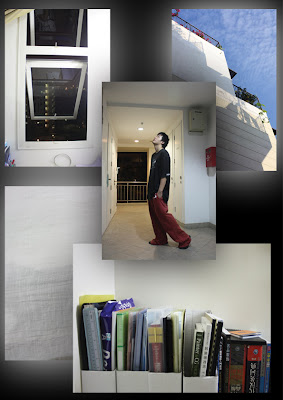Documentary Photography is about producing truthful, objective, and usually candid photography of particular subject. Most often pictures of people and it’s tied, historically, to both exploration and social reform. Photojournalism is a particular form of journalism; it’s about producing images as part of the work of getting news for daily newspapers and magazines.
Documentary photography is different from photojournalism in terms of timeliness, objectivity, and narrative. The term “documentary” in documentary photography applied to photography antedates the mode or genre itself which is the way to accurately describe otherwise unknown, hidden, forbidden, or difficult-to-access places or circumstances date to the earliest daguerreotype.
Photojournalism nowadays is about speed. It reports stories about events, stock markets; even sports have become the norm. But speed does not change the content quality of what we see and how life is portrayed. The images combine with other news elements to make facts relatable to the viewer or reader on a cultural level. Photojournalist is more like a reporter but must often make decisions instantly and carry photographic equipment. They often expose themselves to significant obstacles, such as physical danger, weather, crowds, to get great news story.
Documentary photographers, unlike photojournalism, it took over a period of time to reveal the infinite number of situations, actions and results. In short, they reveal life. Life isn’t a moment. It isn’t a single situation, since one situation is followed by another and another.
Photojournalism tells instant stories, but don’t show “life”. It neither has the time to understand it nor the space to display its complexity. The pictures we see in our newspapers show frozen instants taken out of context and put on a stage of the media’s making, then sold as truth. Through documentary work, the photographer has a chance to show the interwoven layers of life, the facets of daily existence, and the unfettered emotions of people who come under the camera’s gaze. When finally presented, viewers are encouraged to use their intelligence and personal experiences, even their skepticism, to judge. By eliciting associations and metaphors in the viewer, and image has the potential to stimulate all senses. For example, if the Molotov cocktail-throwing Palestinian is shot. As news reported by a photojournalism, we will never know since time is of the essence, and a deadline always looms, so is him a nationalist or terrorist? Viewers can be left with a biased view. However, a documentary photographer can complete the whole story out of someone’s life.

 Last one, actually was the least satisfy one among these three. I named it Peace, by imaging lying on the beach, looking at the sky. See the floating balloons and top of a tree… but people just say don’t feel that way… in conclusion…. Apprentaly, my photos just don’t bring any emotions out of anyone......
Last one, actually was the least satisfy one among these three. I named it Peace, by imaging lying on the beach, looking at the sky. See the floating balloons and top of a tree… but people just say don’t feel that way… in conclusion…. Apprentaly, my photos just don’t bring any emotions out of anyone...... 

